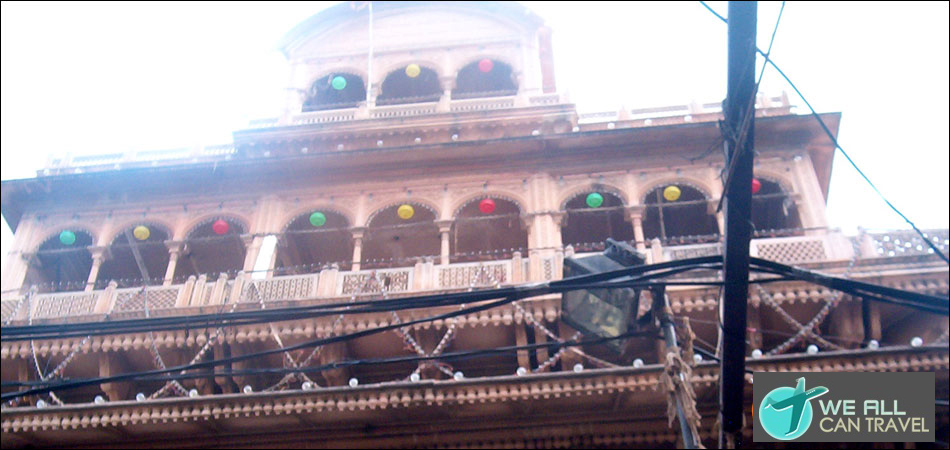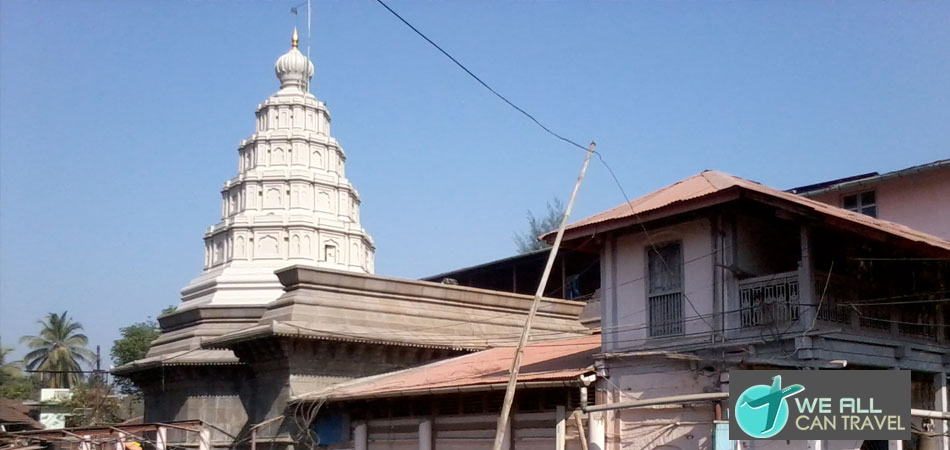Rama Janma Bhoomi Temple
Believed to be discovered by king Vikramaditya. Rama Janma Bhoomi is where Lord Rama was said to have taken birth. There is a small Lord Rama temple here. At this location there used to be the Babri Moseque, which was constructed in the 15th century by the Moghuls. The mosque was destroyed in 1992, and at the present time there are plans to built a grand Rama Temple here. Also known as Saketa in ancient times, Ayodhya is really centuries old. It was the capital of the kingdom of Kosala, of which Rama (the seventh incarnation of Vishnu, the Hindu Preserver of the Universe), the hero of the Ramayana, was the most important king. His story forms the kernel of the Ramayana (for more details see ancient scriptures). Kosala was one of the sixteen great Janpadas (great nations) that ruled the area from the Kabul valley to the banks of the Godavari on the eve of the rise of Buddhism in the 6 th century b.c. Prasenajit was the ruler of the kingdom at that time. Later the Kosala kingdom was swallowed up by the powerful kingdom of Magadha which corresponds to the districts of Patna and Gaya in Southern Bihar. Places of Interest Ramjanambhumi Ramjanambhumi is the place where Rama is believed to have been born. The Mughal Emperor Babur had built a mosque on this spot. The mosque was razed to ground in 1992. Temples Over 100 temples exist in Ayodhya of which Hanuman Gadhi is very famous. It is dedicated to Hanuman, the monkey-god. Treta Ka Mandir is another important Temple where Rama is believed to have performed a yajna (sacrifice). Kshireswara Nath Temple is a very old temple and is supposed to have been built by Kaushalya, mother of Rama. She is said to have constructed this temple for her daughter-in-law, Sita (consort of Rama). Other temples you could visit include Kanak Bhavan and Kala Rama Temple which house idols of Rama and Sita. Ghats Ayodhya is situated on the banks of the Gogra (Ghaghara or Saryu) River. There are many holy ghats along its banks. Bathing in these ghats, it is believed, absolves people of their sins. Ram Ghat, which is also known as Swarga Dwara, is the most famous one amongst these. Lakshman Ghat is another important bathing ghat which is considered to be sacred, as Lakshman, Ramas brother, is said to have bathed at this ghat. Apart from these ghats, there are some wells (kund) which serve as bathing places. The most famous one is Vasistha Kund
 >> Amarnath Temple
>> Amarnath Temple >> Bagnath Temple
>> Bagnath Temple >> Banke-Bihari Temple
>> Banke-Bihari Temple >> Bhimakali Temple
>> Bhimakali Temple >> Bhojeshwar Temple
>> Bhojeshwar Temple